The Problem with Manual Invoice Matching
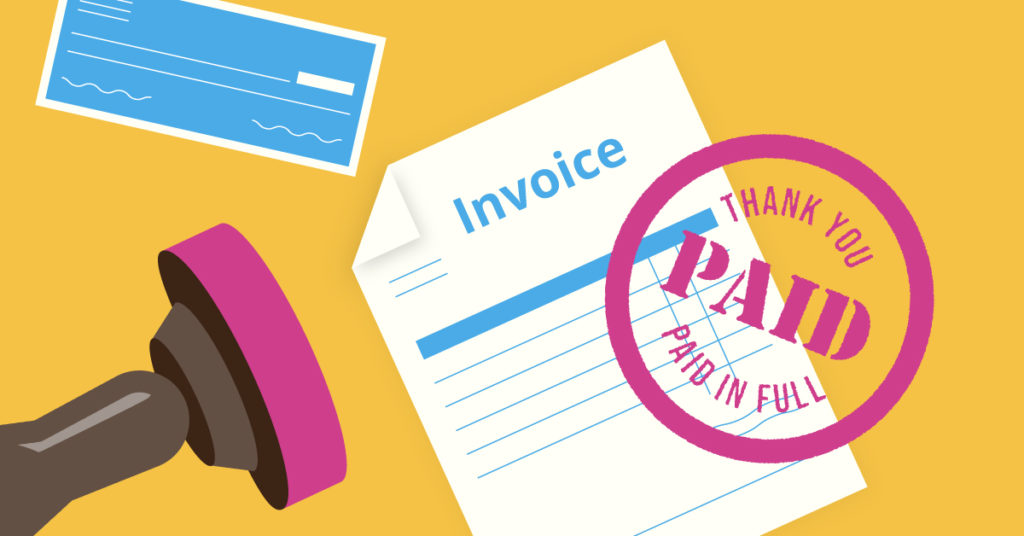
Invoice matching is the accounts payable process of making sure the data in the invoice from the vendor matches the company data contained in documents like purchase orders and delivery receipts.
It’s a simple enough process, but that doesn’t mean it can’t cause significant issues, especially when being done manually.
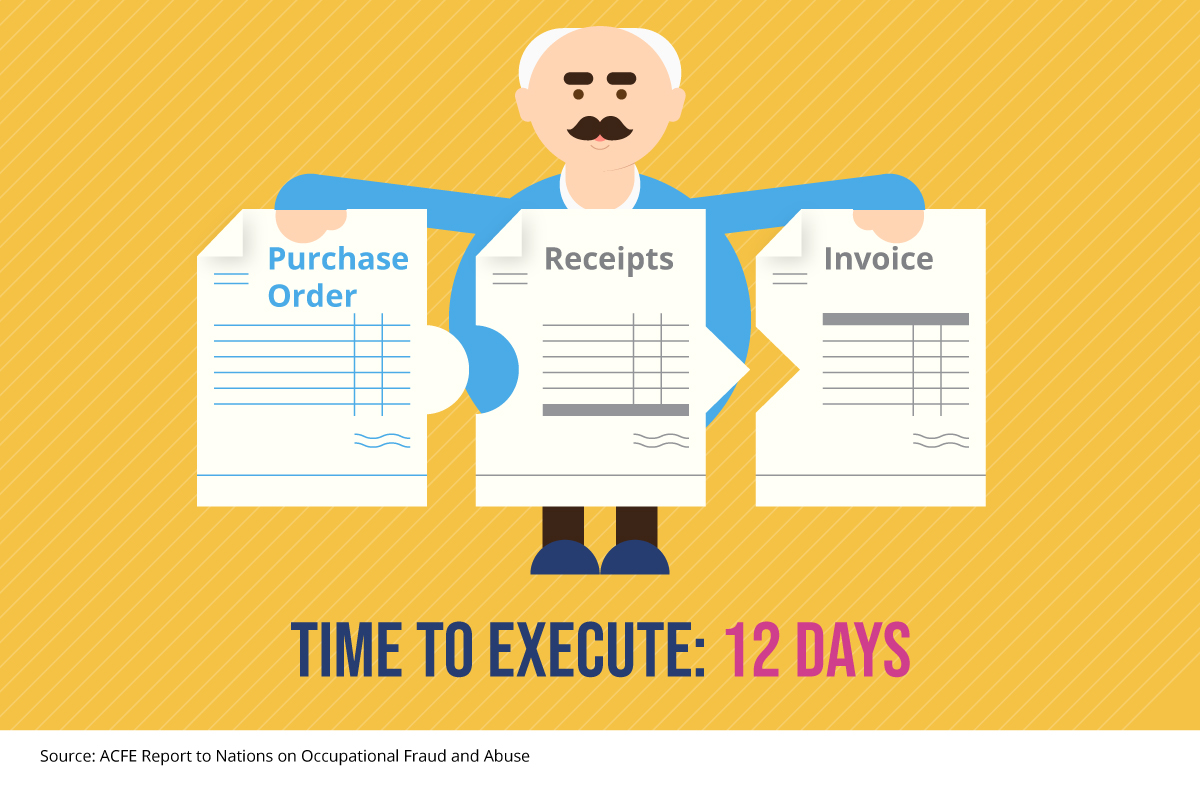
For example, it’s not uncommon for invoices to arrive to departments outside of AP. When this happens, whoever received the invoice is going to have to forward the email to the AP department, or if they received the invoice as a hard copy, deliver it in person. This takes time, creates opportunities for error, and puts a burden on multiple people.
Or, what if the invoice needs to be matched to multiple documents with multiple line items? It’s not uncommon for an invoice to need validation from several purchase orders and vice versa. This can add up to a dizzying array of numbers spread out over several documents and departments that an AP employee needs to track down.
Invoice matching is extremely important to accounts payable, however. Without it, problems like duplicate payments, missed payments, and incorrect payment amounts would run rampant.
That said, technology has allowed us to create a much better process—automated invoice matching.
How do You Automate Invoice Matching?
Anyone who works in AP (and probably anyone who works with them) would love to automate the invoice matching process. So where do you start?
First, you’ll need to digitize all documents that the AP department needs to touch. With advances in technology like OCR and ICR, it’s relatively simple to reliably scan or read these types of documents; even the handwritten ones.
Once digitized, all files are stored in a digital system. At this point, certain workflows can be configured to automatically start the matching process. Once the invoice arrives, the system will follow a set of rules and begin looking for supporting documents like purchase orders, order receipts, etc.
Because this process is being run by a computer that has instant access to all the files it needs, it happens virtually instantly. Invoices that are a perfect match to their internal documents are coded and routed, while those that aren’t are flagged for manual follow-up.
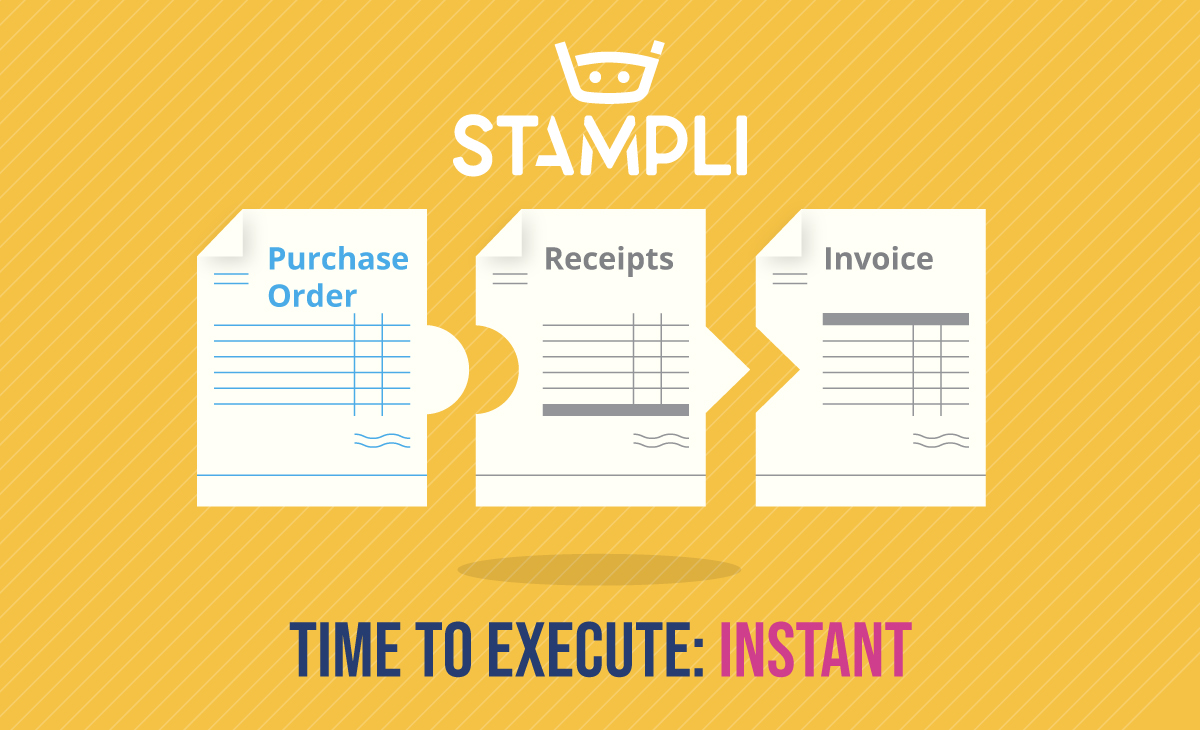
Depending on which system you use, you can automatically execute a variety of workflow-based tasks that include:
- Reception
- Coding
- Matching
- Routing
- Sending to payment
- Archiving
As you can see, matching is only part of the overall AP process, but it’s an important one. This is because of the amount of time and resources that go into that one step in the overall payables process.
What are the Benefits of Automated Invoice Matching?
At this point, you’re probably thinking this sounds pretty good.
Believe it or not, it actually gets better! Take a look at the complete list of benefits of automated invoice matching.
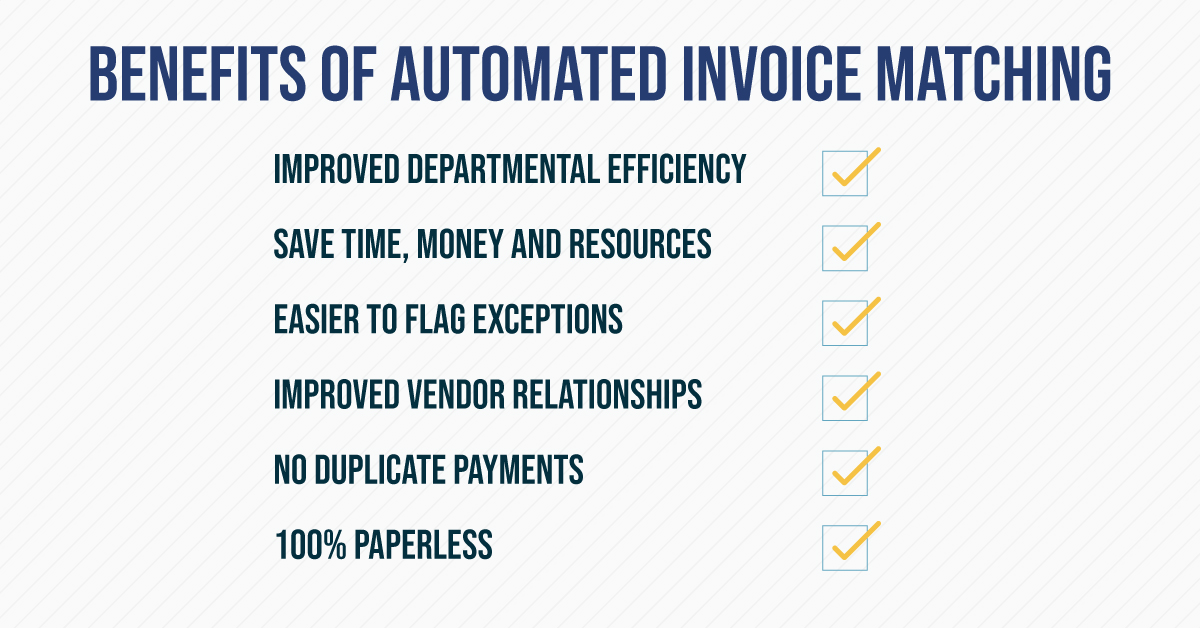
1. Improved departmental efficiency
If it’s not broke, don’t fix it. When your AP automation system is able to match invoices to the corresponding documents without any errors, there is less need for human intervention. This allows AP employees to jump in only when there’s an issue and they can actually put their good judgment to work.
Otherwise, let technology streamline the matching process so invoices can be correctly routed for approval faster than if done manually.
2. Save time, money and resources
Manually keying invoice data into your system, hunting down the appropriate paperwork, and physically comparing their results takes a lot of time. Renova Energy, a solar energy company, implemented Stampli into their workflow (including automated invoice matching) and reduced their total time spent processing their payables by 50%.
This time savings was a result of automated invoice matching for more than 700 vendor bills per month.
3. Easier to flag exceptions
When using automated invoice matching, the invoices with no issues get taken care of quickly and efficiently without the need for hands-on, human intervention. This allows your AP personnel to focus their energy on problem areas such as handling exceptions.
For example, with Stampli, if you try to process a duplicate invoice, the platform displays a red bar on top of the screen indicating it may be a duplicate.
4. Reduce late payments
To state the obvious, all vendors like to be paid as quickly as possible, and for the most part, companies want to pay their suppliers on time. On-time payments are crucial to maintain healthy business relationships, and there is sometimes a discount for paying ahead of time.
But paying early, let alone on time, isn’t possible when you have a massive backlog of invoices and not enough staff to fulfill them. This was exactly the case with Purple, maker of the Purple Mattress and the Purple Pillow among other comfort products distributed worldwide. Once Purple implemented Stampli to supplement their AP department, they cut their invoice processing time by 63%.
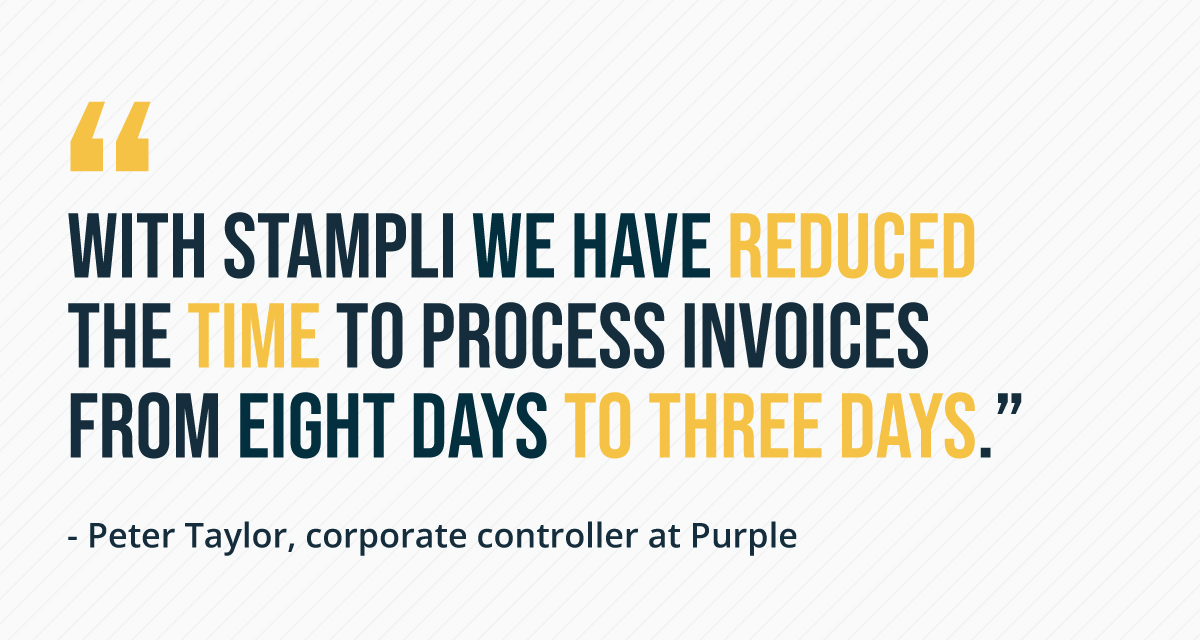
5. No duplicate payments
As we mentioned earlier, invoices often land in departments other than accounts payable, and vendors may also submit bills via email AND snail mail, leading to confusion. As internal employees dutifully try to make sure their suppliers get paid, this can lead to duplicate payments.
With Stampli, if the system detects a duplicate invoice it will display a red warning label on the invoice, alerting the user to double check the status of that bill.
6. 100% paperless
As you may have guessed, automated invoice processing is completely paperless, as the system depends on all documents being digitally available with its database. There are cost benefits to a paperless system, as well as far fewer papercuts, but the real benefit lies in its ability to index, archive, and connect with other systems, such as your ERP.
No more wondering where you might be able to find a document, including one that was possibly misfiled or lost—searching and tags to the rescue!
Final Thoughts
Invoice matching is a critical, if not tedious, function of the AP department. Errors have negative consequences such as duplicate payments, or on the flip side, late and missed payments. Since nobody is every thanking the AP department for doing a great job ensuring invoices are paid on time and accurately, it’s a kind of a no-win game.
With automated invoice matching, however, everybody wins. The CFO will appreciate fewer errors within invoice processing, the suppliers will enjoy getting paid faster, and AP employees will definitely love not having to manually key invoices and track down runaways. Of course, once you automate this process, a world of opportunities open up for you to enhance your AP workflows. Check out how creating an invoice processing flowchart can streamline your accounts payable processes or learn more by chatting with one of our AP Heroes!